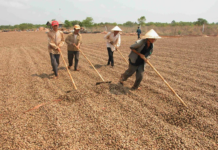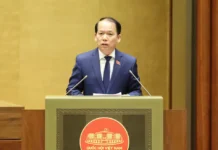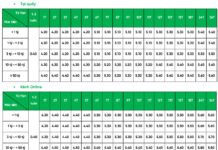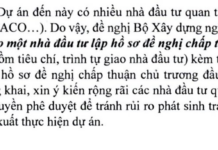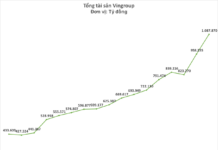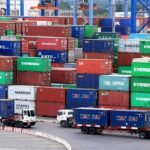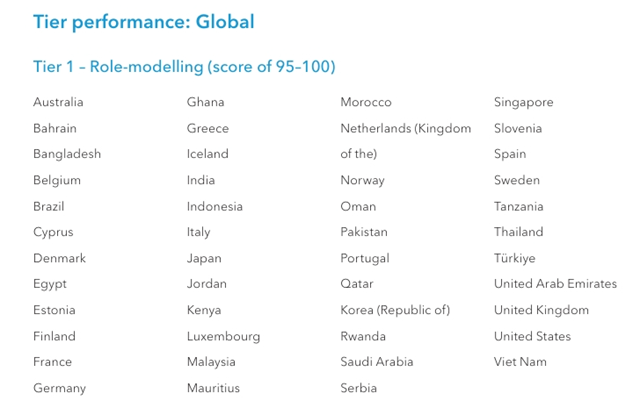
Ms. Pham Thi Na, Deputy Director of the Department of Agriculture and Environment in Ho Chi Minh City, shared insights on strategies to lift the “yellow card” imposed on Vietnam’s fisheries sector during a press conference on October 30.
|
At the press briefing on Ho Chi Minh City’s socio-economic developments on October 30, Ms. Pham Thi Na revealed that an EC inspection team is scheduled to visit Vietnam in November. Their mission is to assess the country’s compliance with recommendations to combat illegal, unreported, and unregulated (IUU) fishing. This evaluation is crucial for the EC’s decision on lifting the “yellow card” imposed on Vietnam’s fisheries.
According to Ms. Na, Ho Chi Minh City boasts nearly 4,900 fishing vessels, significantly contributing to the nation’s fishing activities. Consequently, the city’s implementation of measures will substantially impact the progress toward lifting the “yellow card.”
In October, the Ho Chi Minh City People’s Committee launched a “peak month campaign against IUU fishing,” aligned with the sustainable development goals of the fisheries sector. These measures are consistently implemented, not only during the peak period but also post the potential lifting of the “yellow card.”
A key focus is the stringent management of the fishing fleet: a comprehensive review of all vessels registered in Ho Chi Minh City, decommissioning old or damaged ships, deregistering vessels sold to other provinces, and updating data on the VNFishBase system for transparent fisheries management.
Simultaneously, control measures at fishing ports have been tightened. Ho Chi Minh City’s nine fishing ports have adopted the eCDT electronic system to monitor vessel movements and trace the origin of seafood products. Vessels 15 meters or longer are subject to 100% inspection upon port entry.
The city also operates two 24/7 shore stations to monitor fishing vessels at sea. Upon detecting a vessel’s signal loss, the information is promptly relayed to local authorities and vessel owners to restore communication, preventing incursions into foreign waters. As a result, the number of vessels detained by foreign countries has significantly decreased: from 23 in 2020 to 8 in 2022, 2 in 2023, and none since August 2024.
Additionally, Ho Chi Minh City has intensified law enforcement, addressing nearly 100% of violations, prosecuting 9 cases related to illegal fishing, and conducting 6 mobile trials to deter and educate the fishing community.
Ms. Na emphasized that these achievements reflect Ho Chi Minh City’s dedication and commitment to fulfilling the EC’s recommendations, aiming to lift the “yellow card,” restore Vietnam’s fisheries reputation, and expand its export markets.
– 00:17 31/10/2025
Ho Chi Minh City’s Department of Construction Updates on Tidal Surge Developments and Response Measures
Over the past period, as forecasted by the Southern Regional Hydro-Meteorological Center, the combination of the Northeast Monsoon and tidal cycles has caused an unusually high sea level rise. This resonance resulted in a tidal peak of +1.82m, surpassing the Level III alert threshold of +1.6m, leading to flooding in many low-lying areas across Ho Chi Minh City.



